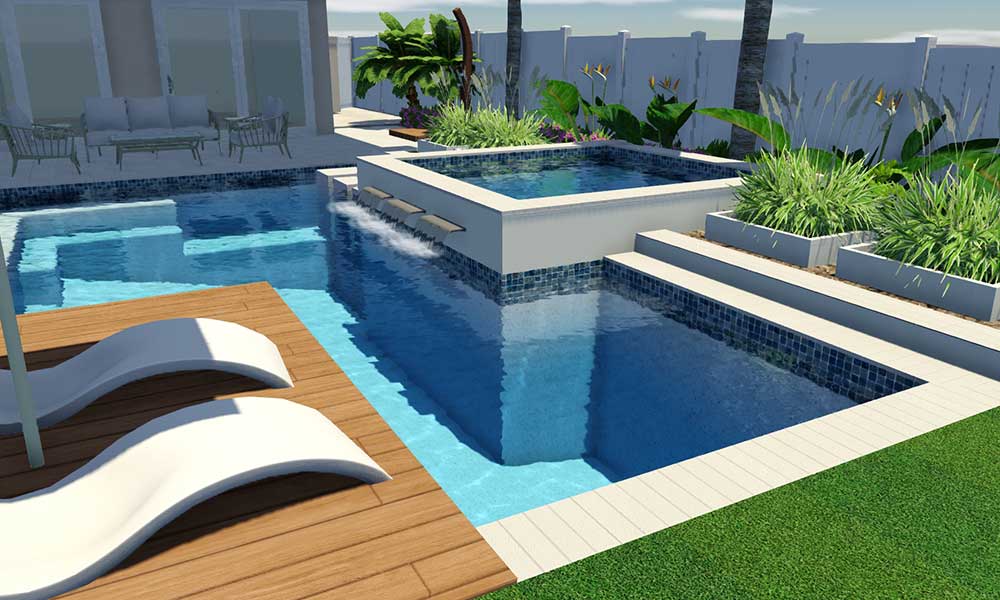Introduction –
At the point when you take out a home value loan for pool financing, you’re basically requiring out a subsequent home loan. This is a fixed-rate portion loan got by the value you have in your home — that is, the piece of your home you own out and out, in the wake of having made contract instalments for various years. On the off chance that you’ve resided in your home to the point of having gathering adequate value, utilizing a home value loan for a pool could seem OK for you. Check about pool loan calculator here and increase your knowledge. However, prior to making a plunge carelessly, you definitely should consider other pool financing choices and afterward conclude which one turns out best for you. Utilizing a home value loan for a pool: Upsides and downsides
Using a Home Value Loan –
The benefits to utilizing a home value loan for a pool establishment include: Alluring financing costs. A home value loan commonly accompanies a lower financing cost than you would get while utilizing a Mastercard or taking out an individual loan. Fixed financing costs. Home value loans ordinarily accompany fixed loan fees, which let you compute the absolute expense of pool financing quite a bit early. Then again, home value credit extensions (HELOCs) and MasterCard’s convey variable financing costs, which can increment yearly alongside winning business sector rates, climbing your month-to-month loan instalments all the while. More prominent resale esteem on your home (perhaps). In region of the nation where weather conditions are warm all year and pools are typical, adding a pool could definitely support your home’s resale esteem.
Cost of Constructing the Pool –
Nonetheless, in different regions, particularly those with more limited summer seasons, a pool could really prevent a few purchasers due to the additional upkeep cost. On the off chance that you’re worried about what a pool will mean for your resale esteem, counsel a realtor for their interpretation of your neighbourhood market. The cost of introducing a pool can shift generally contingent upon its extents, conveniences, development materials and neighbourhood work costs. As per the home-improvement site, the typical pool in the U.S. — a 12-by-24-foot in-ground pool with a fiberglass liner and a substantial deck — costs about $50,000. At various finishes of the pool range, a no frills over the ground pool with a vinyl liner, metal casing and stepping stool (yet no deck) can go for just $1,500, while an encased “vastness pool” with a substantial liner could cost $110,000.
PHTA Views –
The Pool and Hot Tub Partnership (PHTA), a support and norms setting association addressing pool and hot tub producers and installers, has detailed that 2020 saw solid interest for pool establishments cross country and installer accumulations that mean significant delays going on into 2021. Establishments of one-piece fiberglass pools have demonstrated particularly famous, as they will generally be more reasonable, more promptly accessible and simpler to introduce than cement or vinyl ones, as per PHTA.
Financial Plan –
When a pool is introduced, you’ll likewise have to financial plan for upkeep and working expenses — which HomeAdvisor, a computerized index of home-improvement specialist co-ops, gauges at $3,000 to $5,000 each year, including the expense of provisions, additional utilization of water and power, and recruiting pool-administration experts to open and close the pool every year, as well as perform ordinary cleaning and support. Doing all that yourself could save you $1,000 yearly, yet could require extra interest in gear, as per HomeAdvisor.

